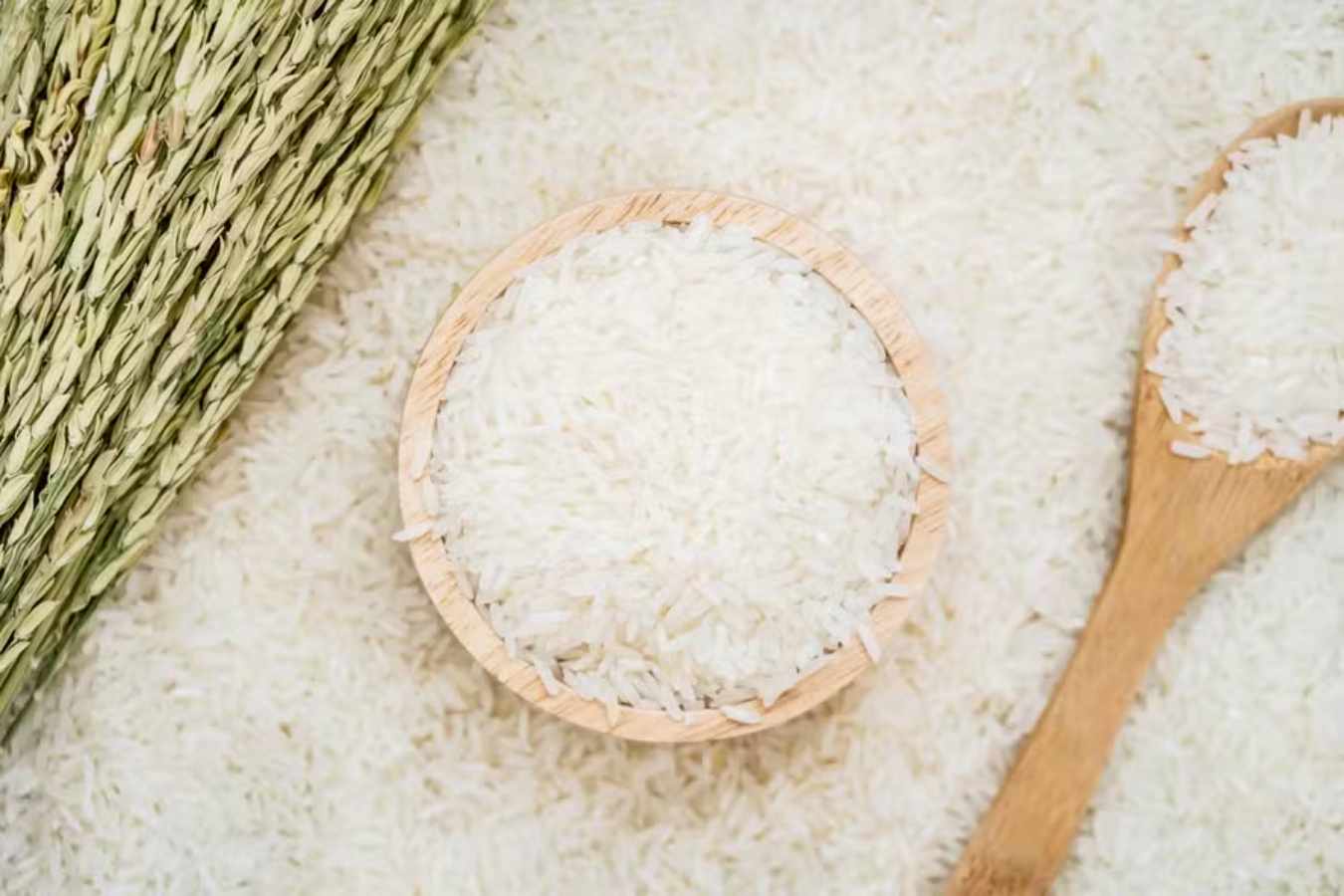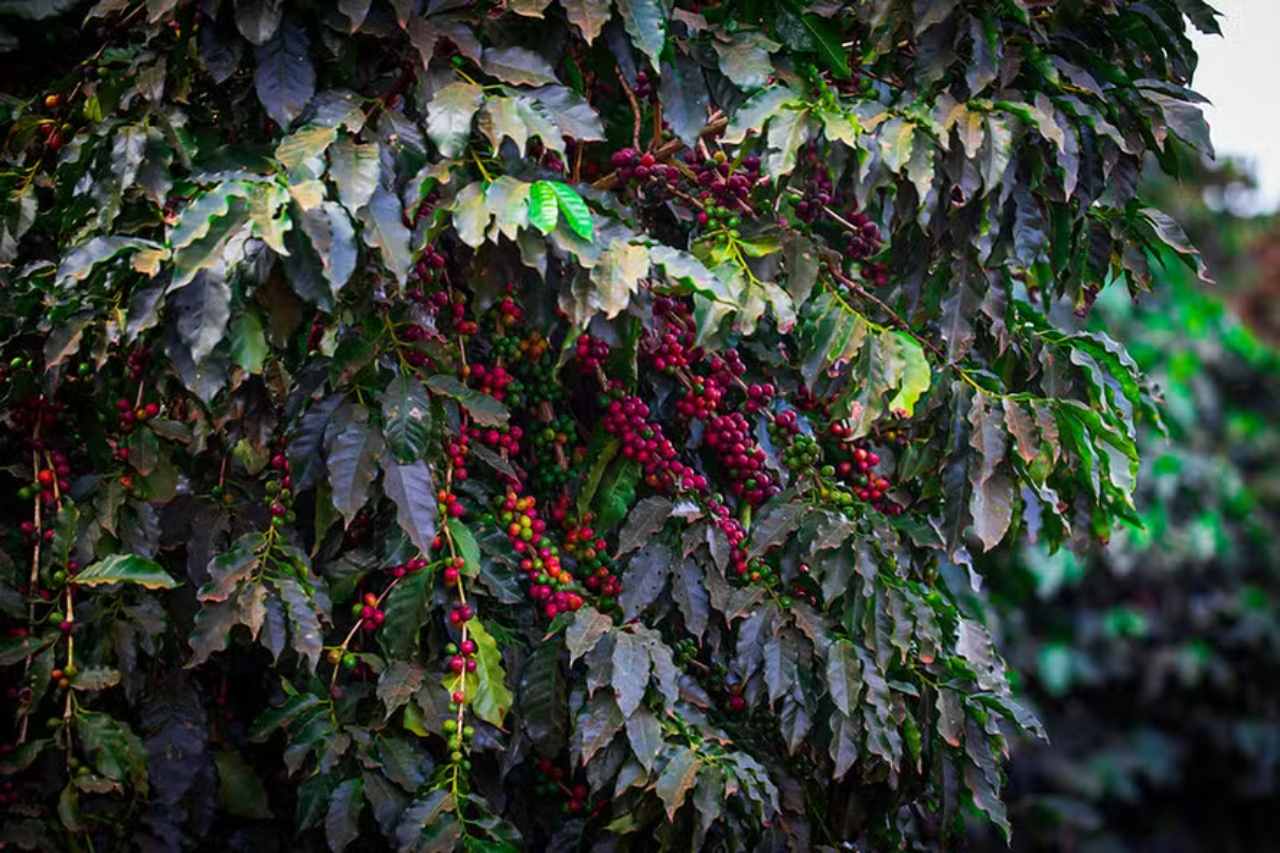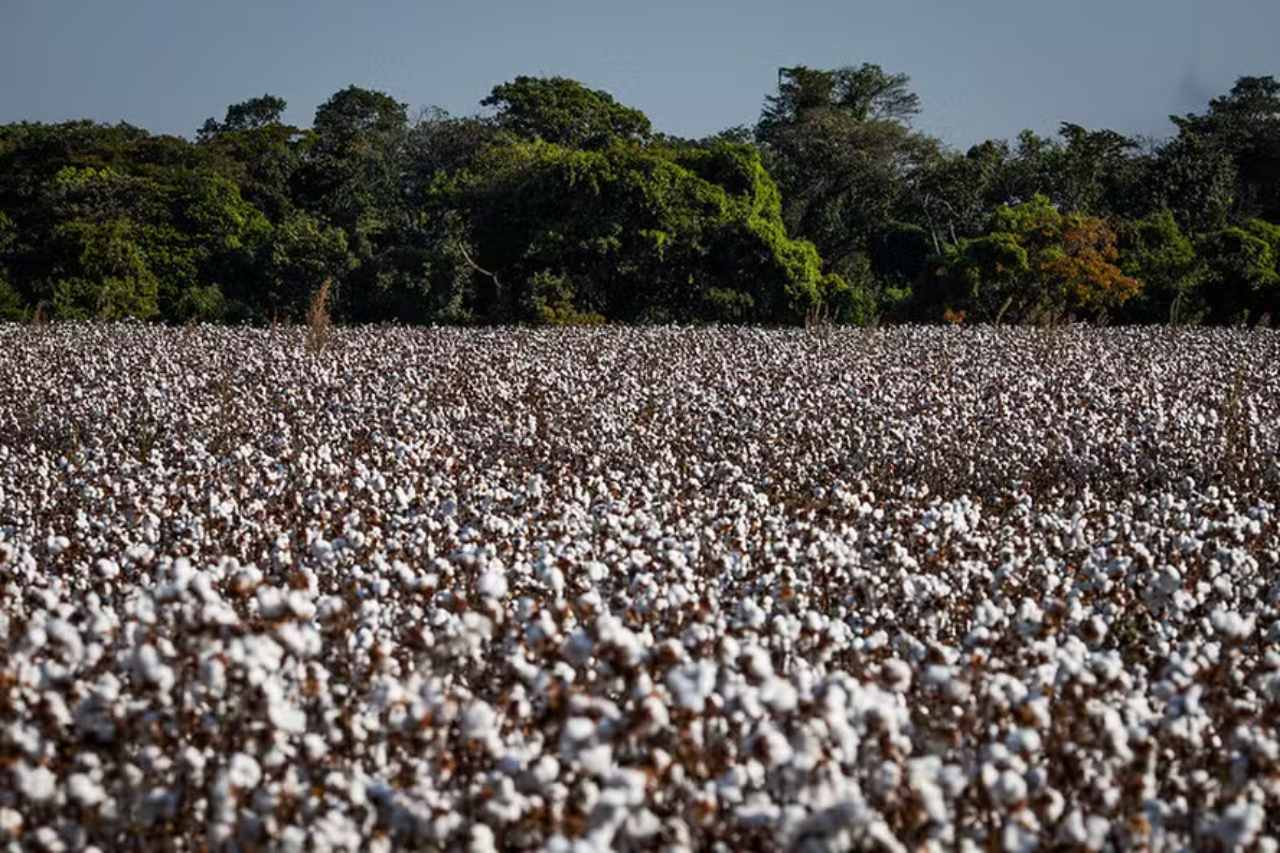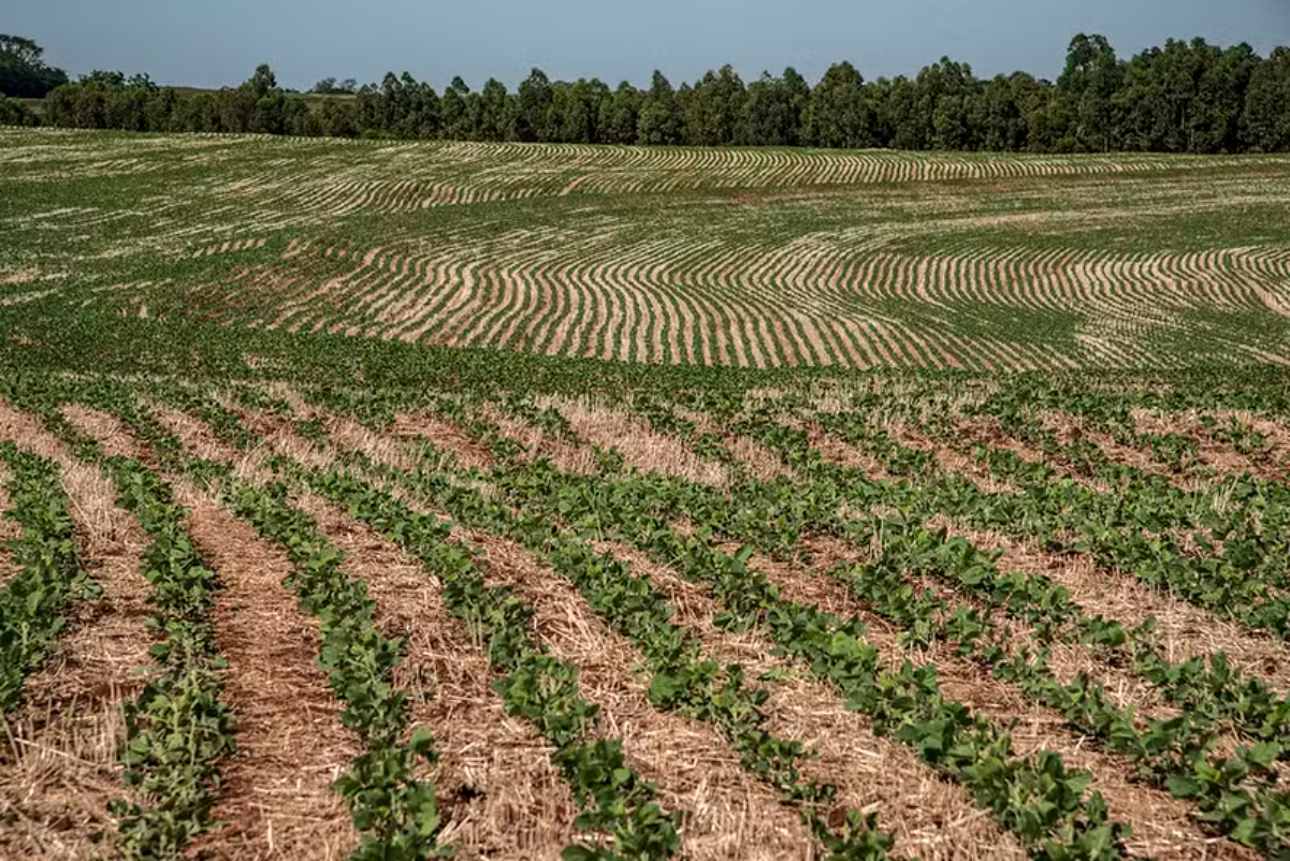Rice, a staple food around the world, generates income, creates jobs, and helps combat hunger. Those who view rice merely as a common food are mistaken. This versatile grain is a key component of the Brazilian diet and has even become a symbol of good luck at weddings.
International Rice Day, celebrated on October 31, was established by the Food and Agriculture Organization (FAO) in 2003 to promote discussions and enhance the global appreciation of this cereal. Here are some interesting facts about rice:
- Where Did Rice Come From?
The origin of rice is uncertain and surrounded by theories. The most popular suggests that it was cultivated in Southeast Asia around 3000 B.C. In Brazil, areas such as Maranhão, Pernambuco, Pará, and Bahia were chosen by the Portuguese for cultivation starting in 1745, with planting in other regions occurring only after rice became part of the army’s diet. - What is the Healthiest Rice?
Brown rice is considered the most nutritious variety due to its higher content of minerals, vitamins, and fiber, which are important for digestive health. It also promotes greater satiety between meals. In contrast, white rice, commonly consumed in Brazil, has many of its vitamins and minerals removed during polishing. - Brazilian Production
According to the Brazilian Institute of Geography and Statistics (IBGE), Brazil produced 10.2 million tons of rice in 2023, harvested from 1.4 million hectares. The leading state is Rio Grande do Sul, followed by Santa Catarina, Mato Grosso, Tocantins, and Maranhão. - Savory or Sweet?
The combination of rice and beans is a staple, nutritious, and flavorful meal for many Brazilians. In other cultures, rice is equally versatile. For example, in Japan, it is served with raw or fried fish, while in Italy, risotto is as popular as pizza. Sweet dishes like rice pudding and cakes are also common. - Rice at Weddings
Symbolizing prosperity, fertility, and good fortune in many cultures, rice is often thrown at newlyweds. One legend claims that this tradition began in China 4,000 years ago when a government official tossed rice at his daughter to express love and good wishes for her new life. - Exports
Among the 193 countries recognized by the United Nations (UN), Brazil ranks ninth in rice exports, with 1.2 million tons in 2023. India leads the ranking, exporting 22 million tons. These statistics come from the United States Department of Agriculture (USDA). - The Journey to the Consumer
After harvest, rice undergoes multiple stages before reaching consumers. According to the Brazilian Agricultural Research Corporation (Embrapa), these processes aim to eliminate poor quality and disease. Steps include cleaning, removing the husk, separating straw and stones, polishing, classification, electronic selection, packaging, and bundling. - Which Do You Prefer?
Among the more than 100,000 types of rice worldwide, Brazilians prefer “agulhinha,” known for being light and quick to cook. According to Abiarroz, it is derived from the brown rice after husking and polishing. Other varieties consumed in Brazil include brown, parboiled, “cateto,” black, arborio, red, and basmati rice. - Is Rice a Villain or Hero in Diet?
In December 2023, Harvard University stated that white rice significantly raises blood sugar levels due to its high glycemic index and should be avoided. However, nutritionist Suelin Scheimann argues that the research considered rice in isolation and without accompaniments, which is not typical. When served with other foods like beans, meat, and vegetables, these can help regulate blood sugar levels.





